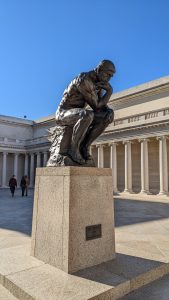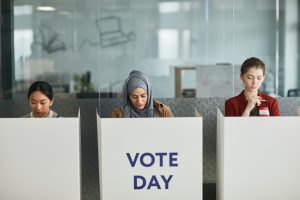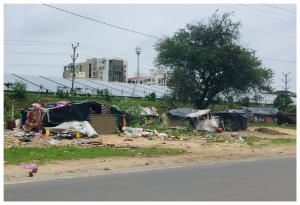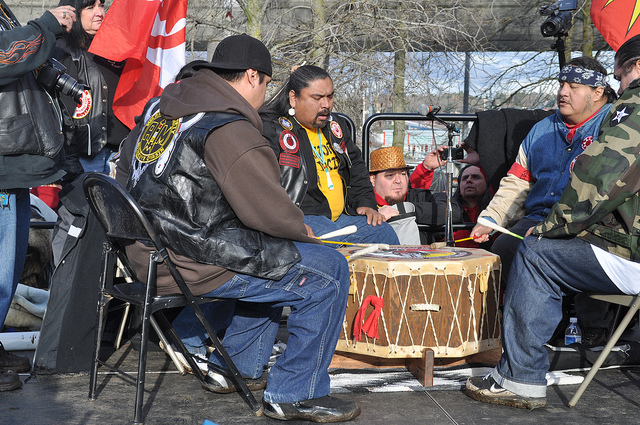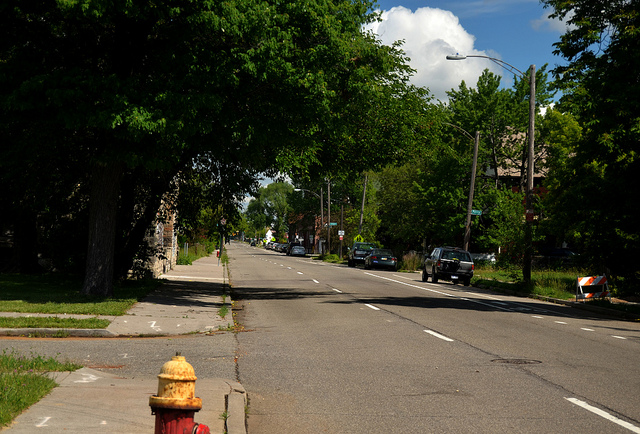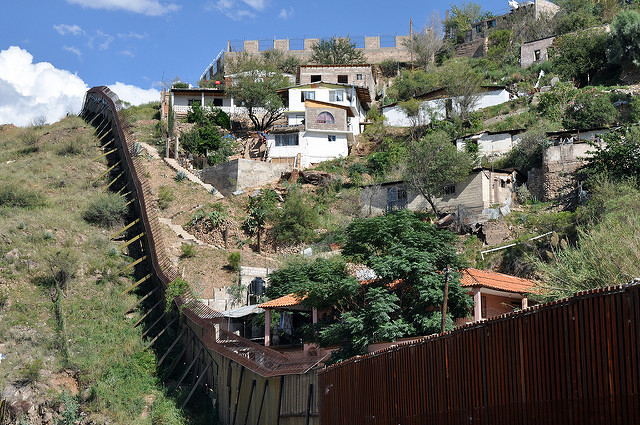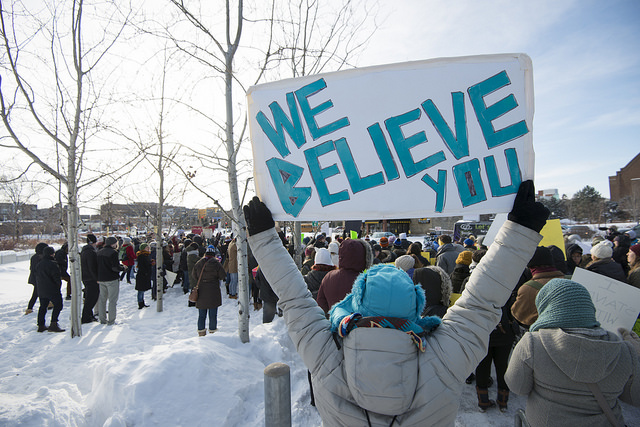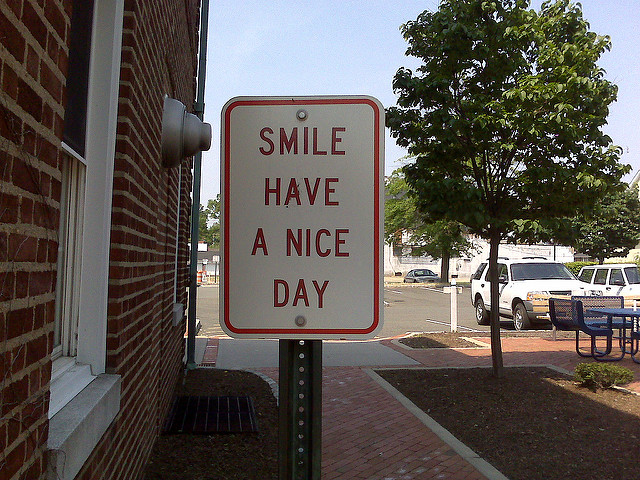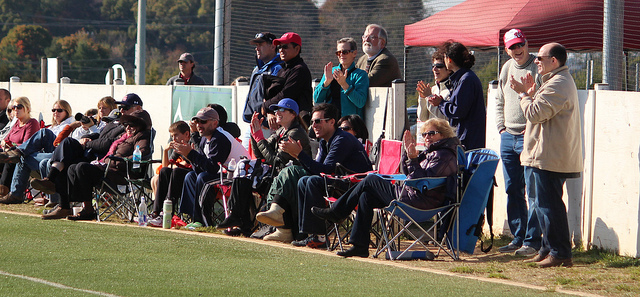- In response to excerpts from Britney Spears’ upcoming memoir that revealed she had an abortion, USA Today ran a story on how access to abortion care benefits male partners. The article quotes Bethany Everett (Associate Professor of Sociology at the University of Utah): “Abortion is a highly stigmatized form of healthcare, and women almost always bear the brunt of the stigma and shame around abortion. Yet, there are likely many people, including male partners, who don’t want to become parents or have another child, who also benefit from abortion access — benefits that are rarely recognized by the broader public or policymakers.”
- Patricia Hill Collins (Distinguished University Professor Emerita at the University of Maryland, College Park) won the $1 Million Berggruen Prize for Philosophy and Culture, awarded to “thinkers whose ideas have profoundly shaped human self-understanding and advancement in a rapidly changing world.” In an interview with TIME, she discusses a key theme of her work: the power of critical thinking.
- Daniel Jaffee (Associate Professor of Sociology at Portland State University) wrote an article for The Conversation discussing the role of bottled water as a stopgap solution to natural or human-made drinking-water crises. Jaffee notes that “communities can end up relying on bottled water – often at great expense – for years after a crisis” and that existing inequalities are worsened by placing the costs on individuals. Jaffee recently published Unbottled: The Fight against Plastic Water and for Water Justice.
- LeanIn.org and McKinsey released the annual Women in the Workplace report, which claimed that the “broken rung” – rather than the “glass ceiling” – is the biggest barrier to women’s advancement. Within the metaphor of careers as ladder, the “broken rung” occurs at the beginning of corporate careers, between entry level positions and managerial positions. “The thing that’s important to understand about the broken rung is that those people at that stage of career are earlier in their career, so they don’t have a really big track record,” explained sociologist Marianne Cooper (co-author of the report and Senior Research Scholar at Stanford University’s VMware Women’s Leadership Innovation Lab). “Men are getting it on potential, whereas women are held to a higher standard of performance[.]” This story was covered by Human Resources Director.
- A recent study by Katie Spoon (PhD student in Computer Science at the University of Colorado, Boulder) and colleagues revealed that “workplace climate/atmosphere” was the most common reason that women leave academic positions (over both professional reasons and work-life balance). Compared to men, women were 44% more likely to feel pushed out of academia. Kimberlee Shauman (Professor of Sociology at the University of California, Davis) commented that the study provides a rare picture of trends in the overall academic field, rather than focusing on individual institutions. This story was covered by Nature.


